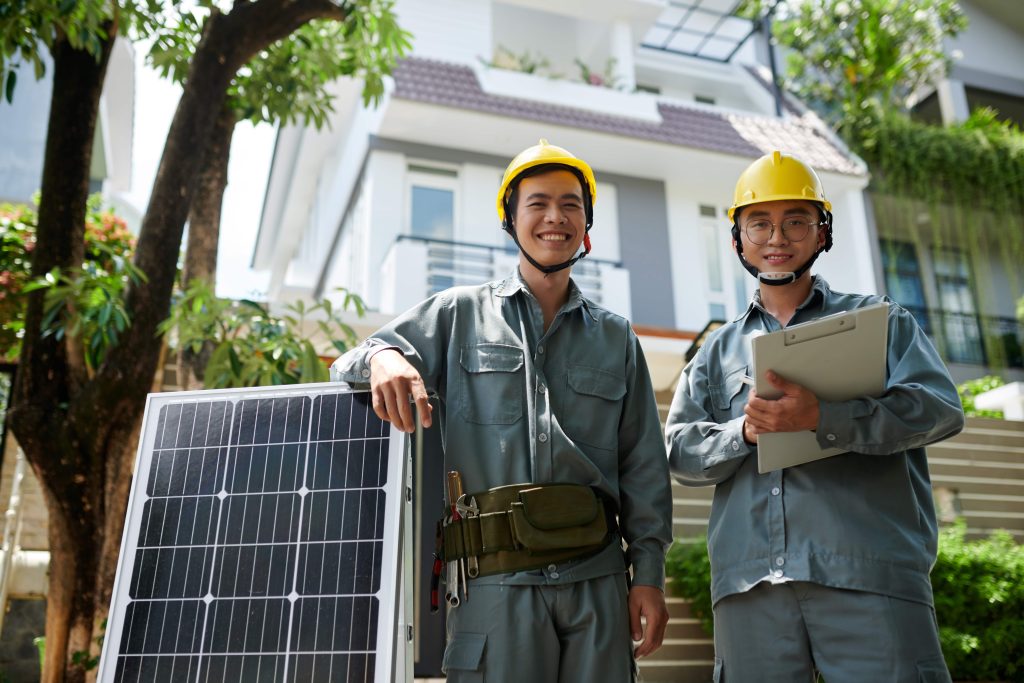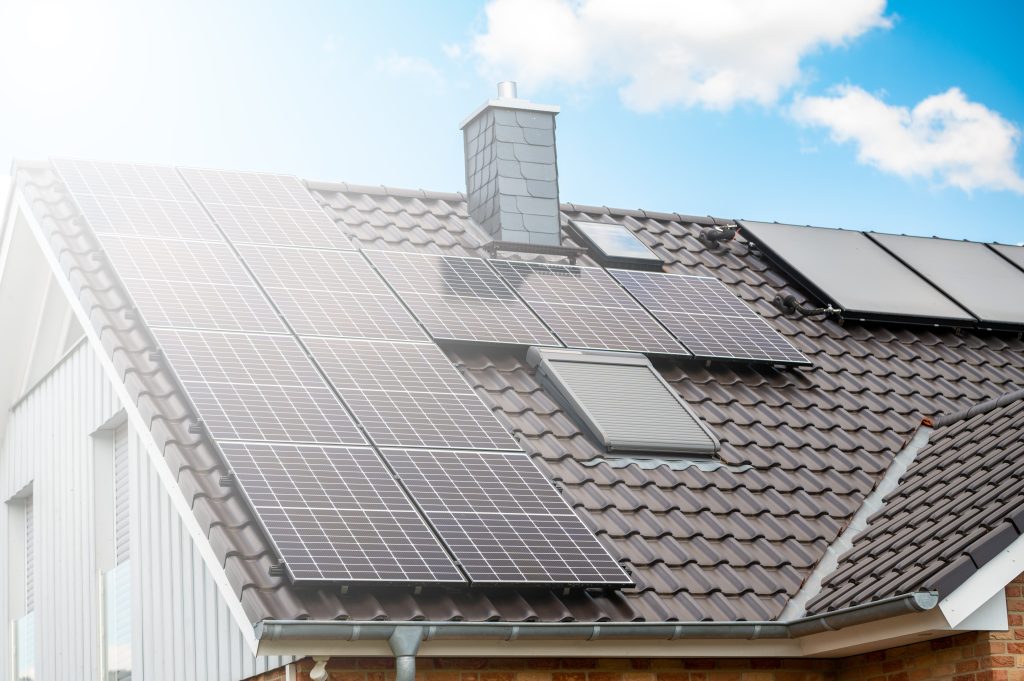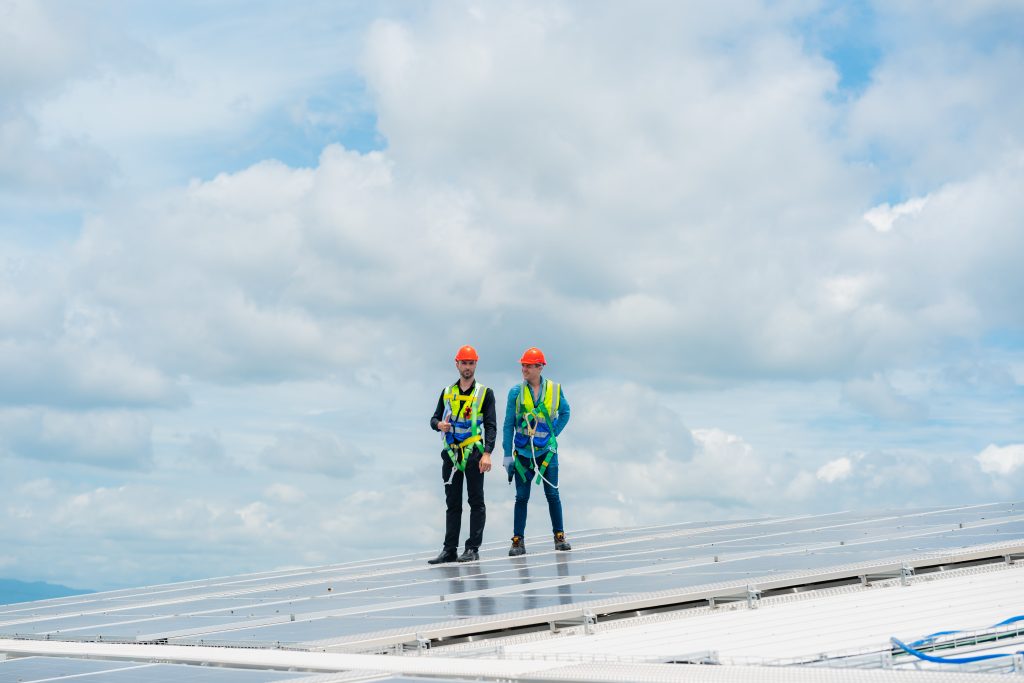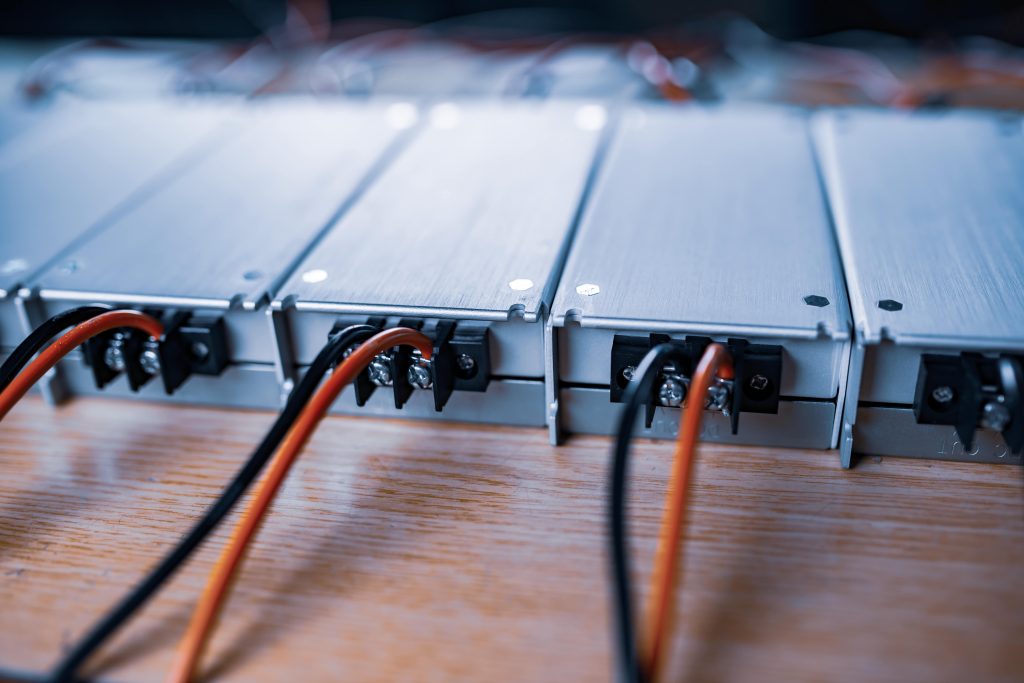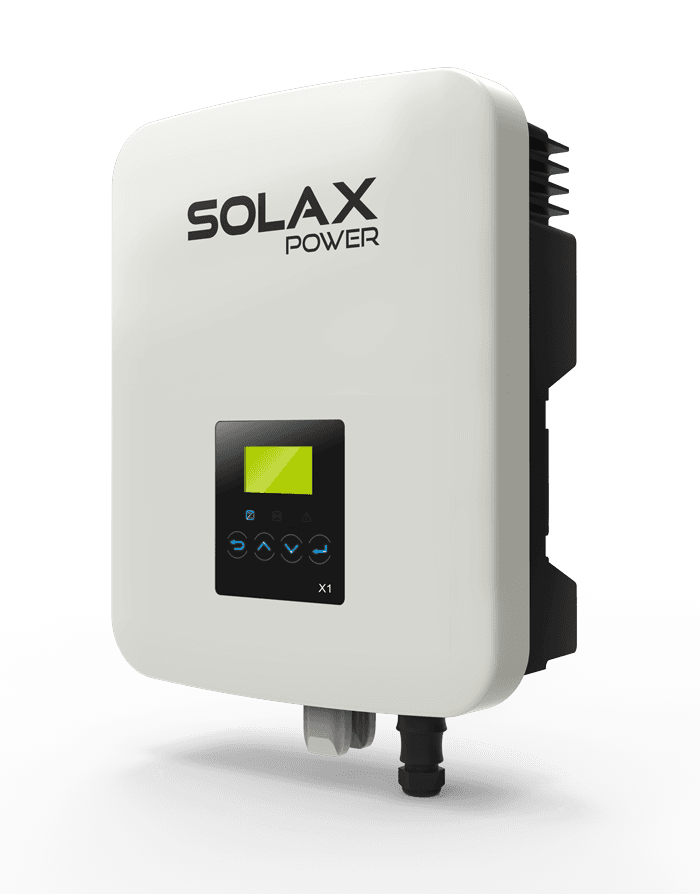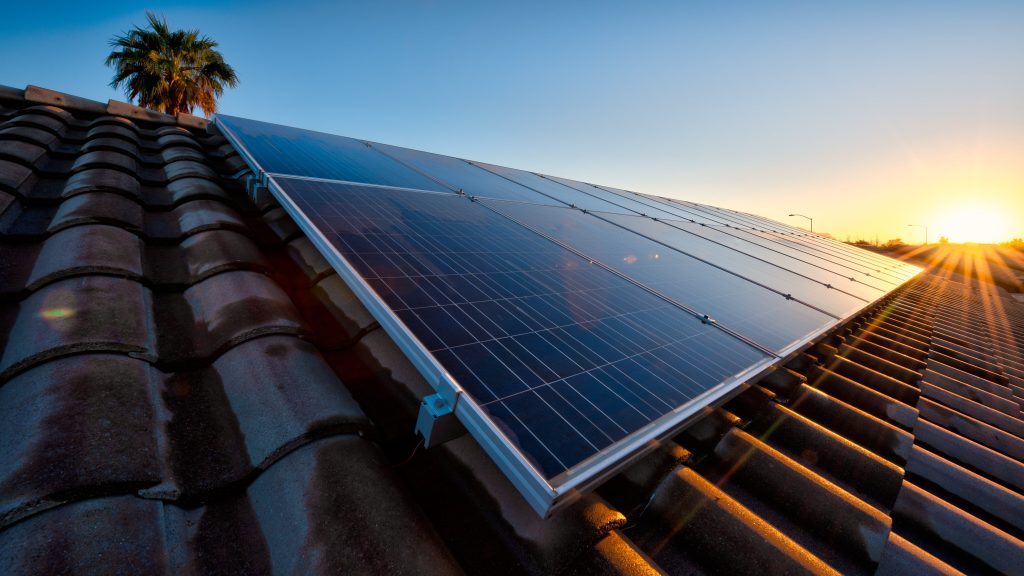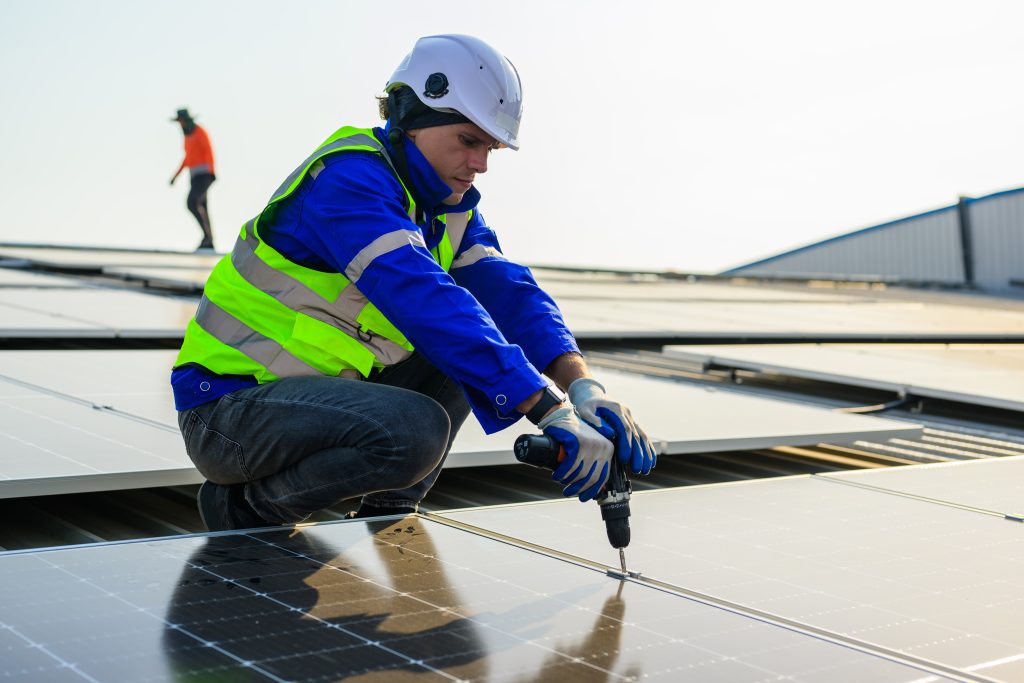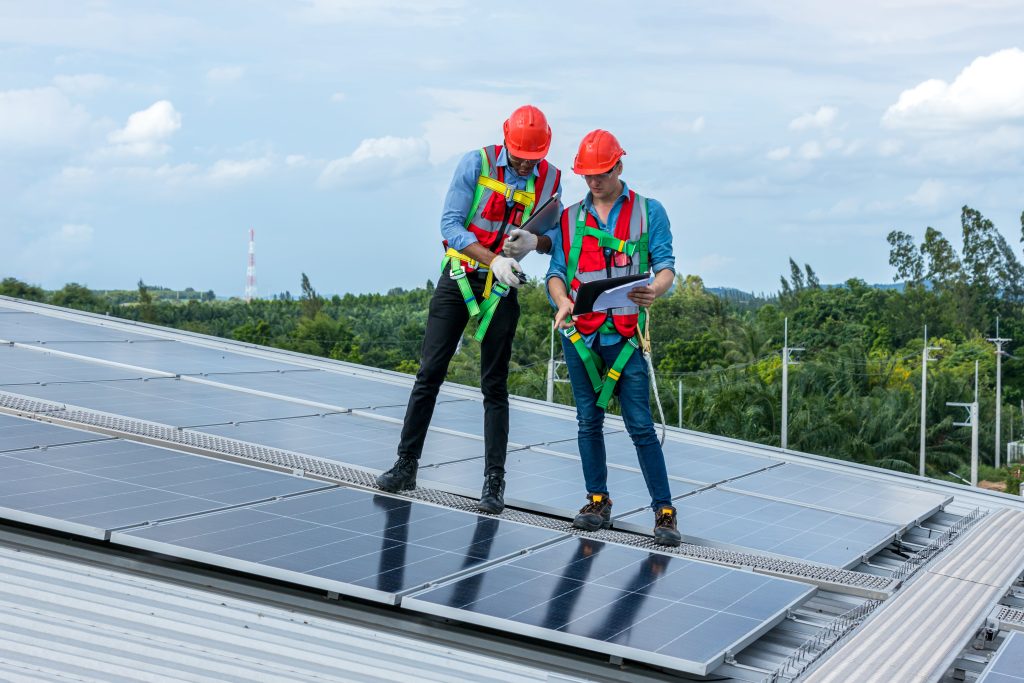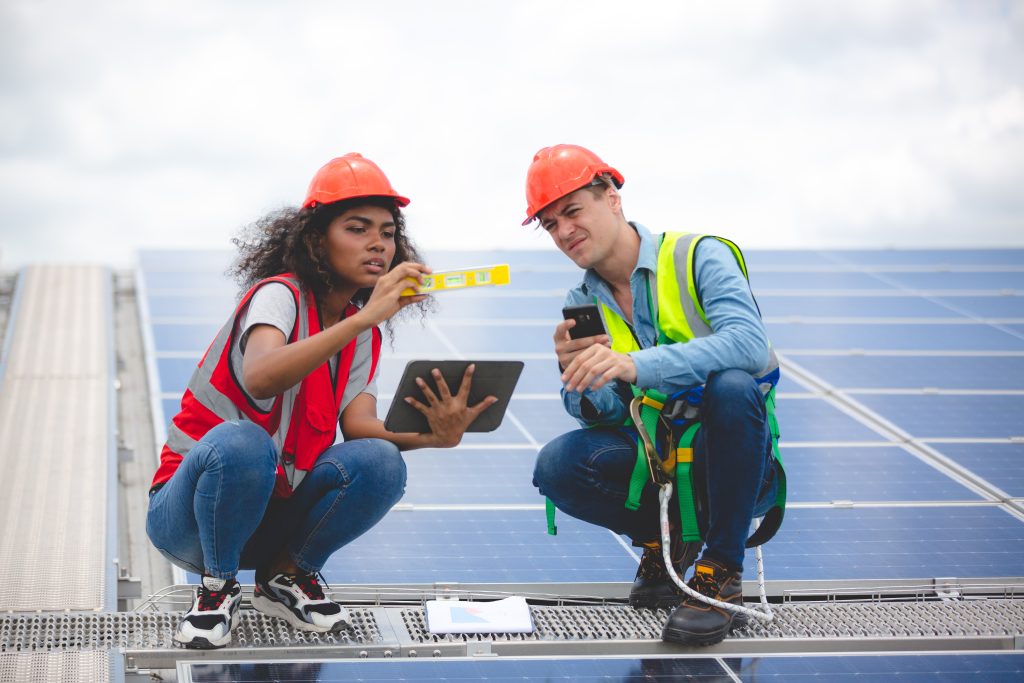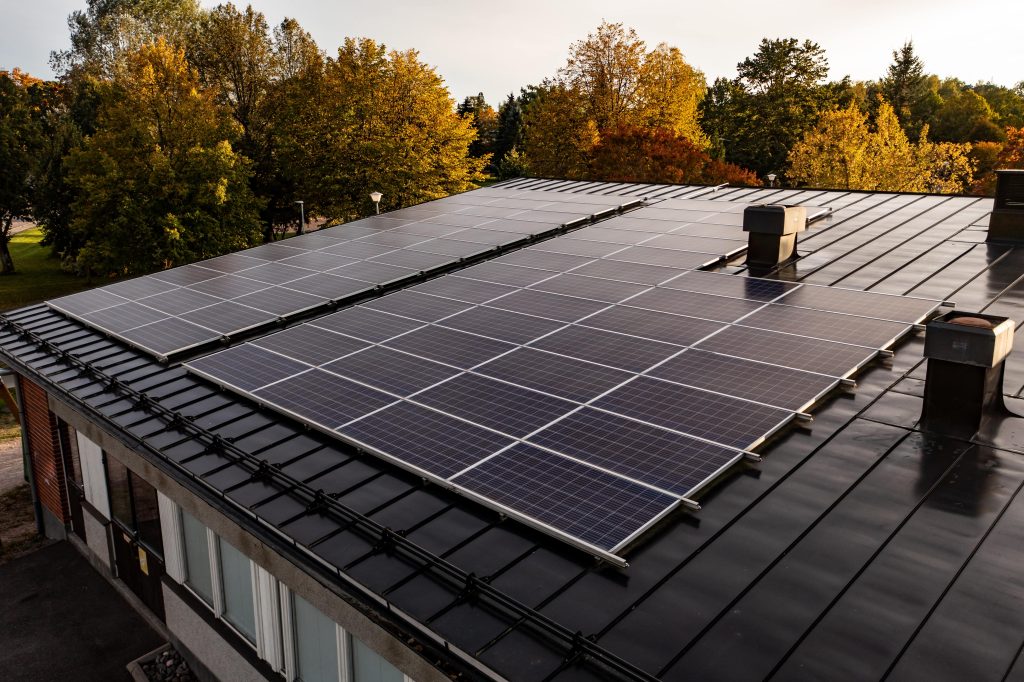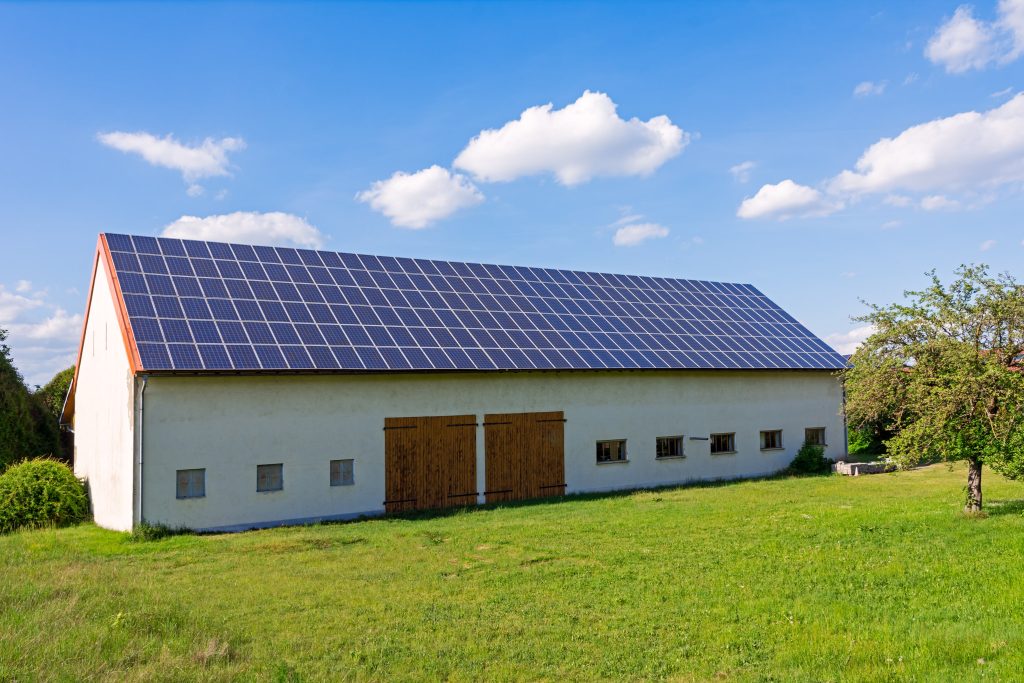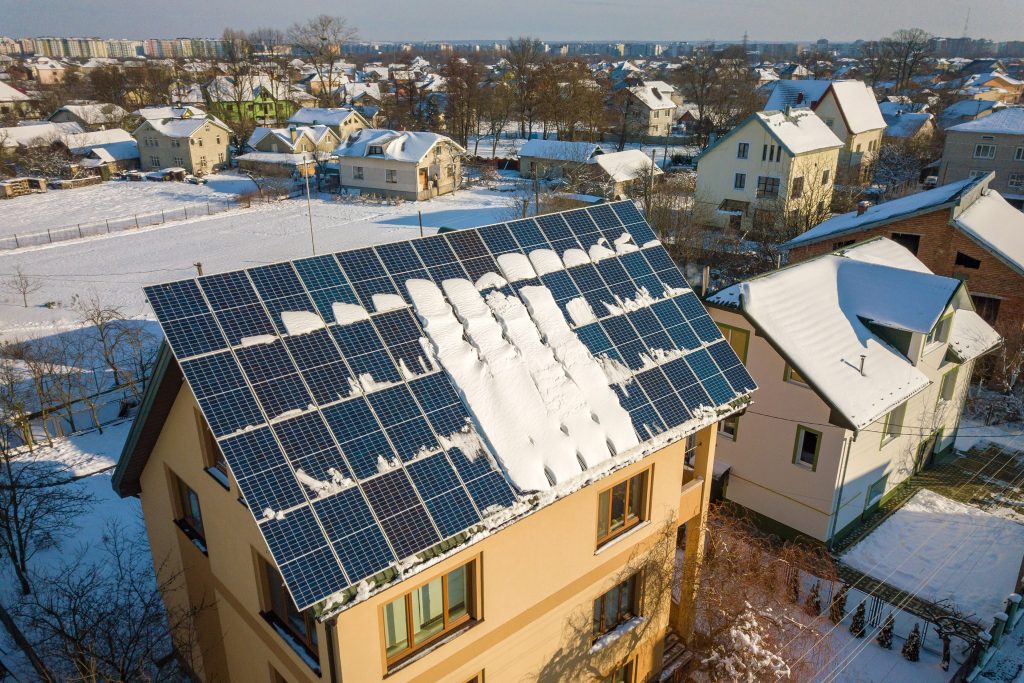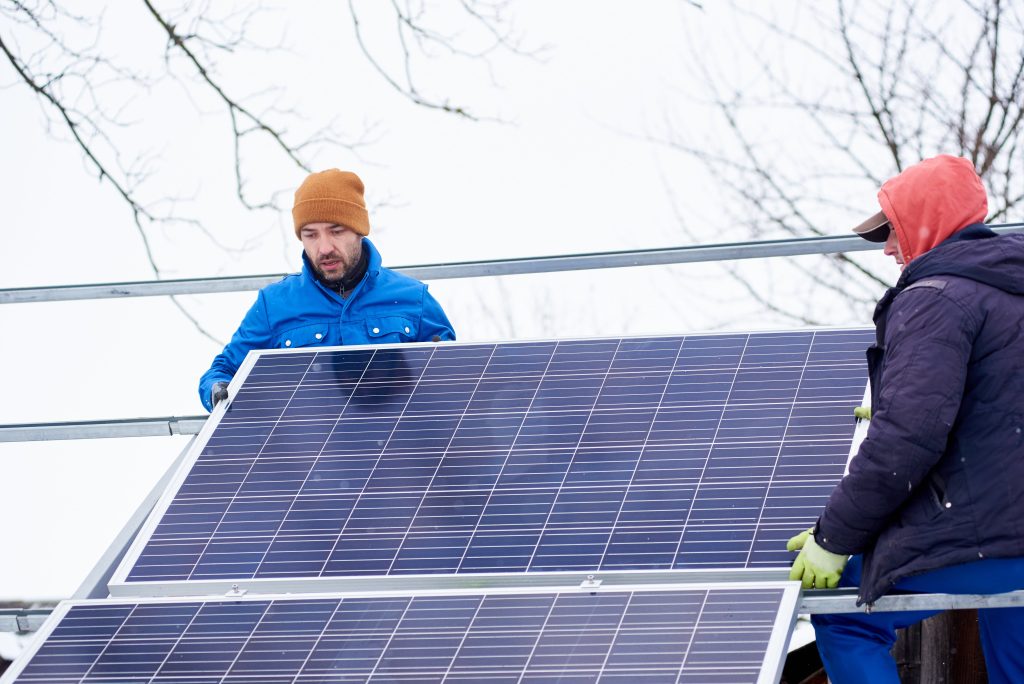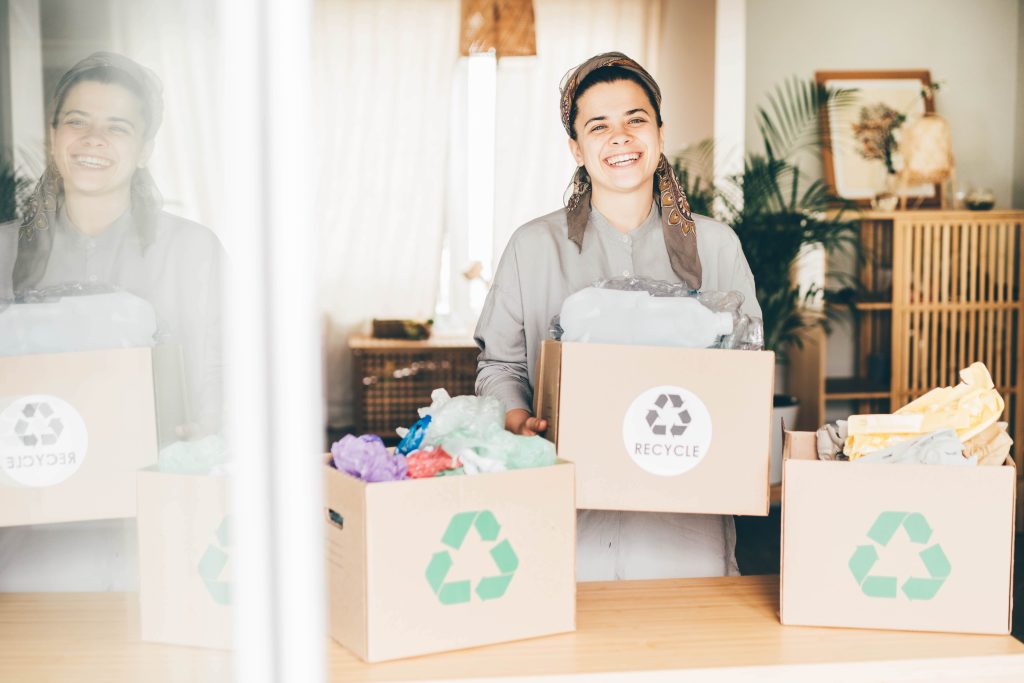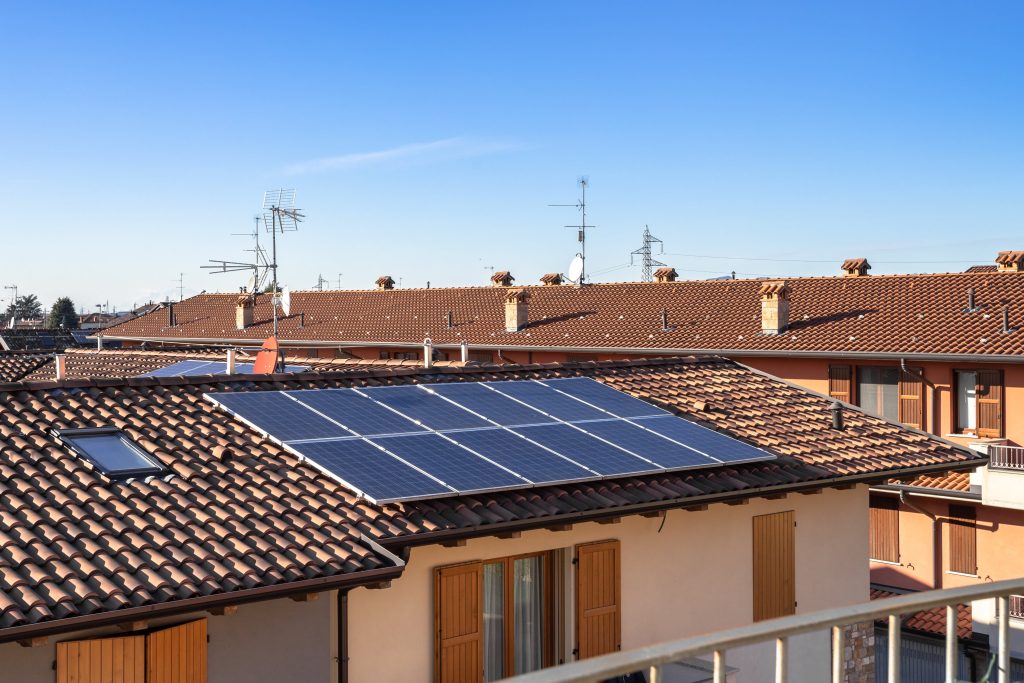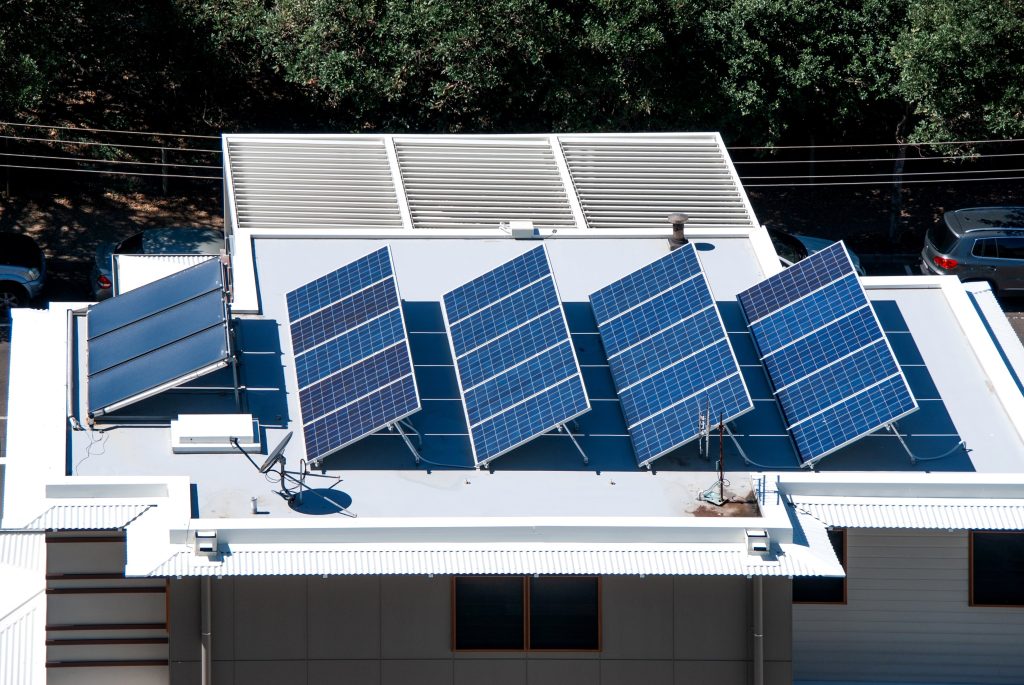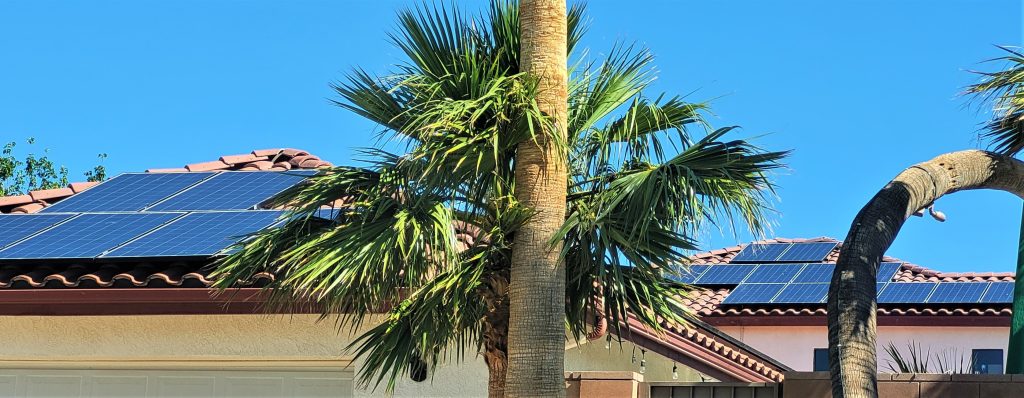How To Live More Sustainably And Save Energy This Summer
Summer’s longer days and warmer temperatures tend to mean that you don’t have to spend as much money on heating or lighting your home. However, there are still many calls on your pocket when it comes to electricity bills and other power requirements. Making conscious decisions to save energy and reduce the reliance your household has on fossil fuels and the National Grid over the summer will not only help you to cut expenditure, but will also contribute to a more sustainable, environmentally-friendly way of life.
From finding non-electric ways to cool your home on a hot day to contacting local solar installers, here are some ideas to help you save energy this summer.
Use The Outdoors
One great advantage to summer is the ability to move much more of your life and daily routines outdoors. This can often lead to reduced reliance on electricity. For example, eating meals in the garden is great fun and firing up the BBQ or making a big salad reduces the amount of fuel needed for cooking lunch and/or supper too. You could also encourage the whole family to spend time outside. This helps cut down on electricity used to power games consoles, TVs, smartphones and tablets and you can even teach the kids how to grow and harvest their own food and flowers.
Contact Solar Installers
If you have been thinking about installing solar panels, then summer could be an excellent time to bite the bullet and get it done. Longer, sunnier days will allow the work to be completed without being interrupted by inclement weather. You can also have more time to get used to living with your new electricity generation arrangements. As autumn turns to winter, temperatures will drop, evenings will draw in and you will need to rely more on power to heat and light your business or home. Ask your solar installers about solar batteries, so you can store any excess electricity that is not needed straight away.
Keep Things Cool
Before you reach for the air conditioning controls, if you have a system installed, think about other ways you can cool down your home. Often, you can keep the air moving and the temperature down for free, or for much less cost. Open the windows and internal doors. If there is any sort of cooling breeze outside, this can help air circulate throughout the house. Open windows at all sides of the property for an uninterrupted air flow. Of course, if the air outside is warmer, keep the windows shut and consider closing the curtains too – it is normally easier to stop warm air entering a home than cooling it down once it is inside.
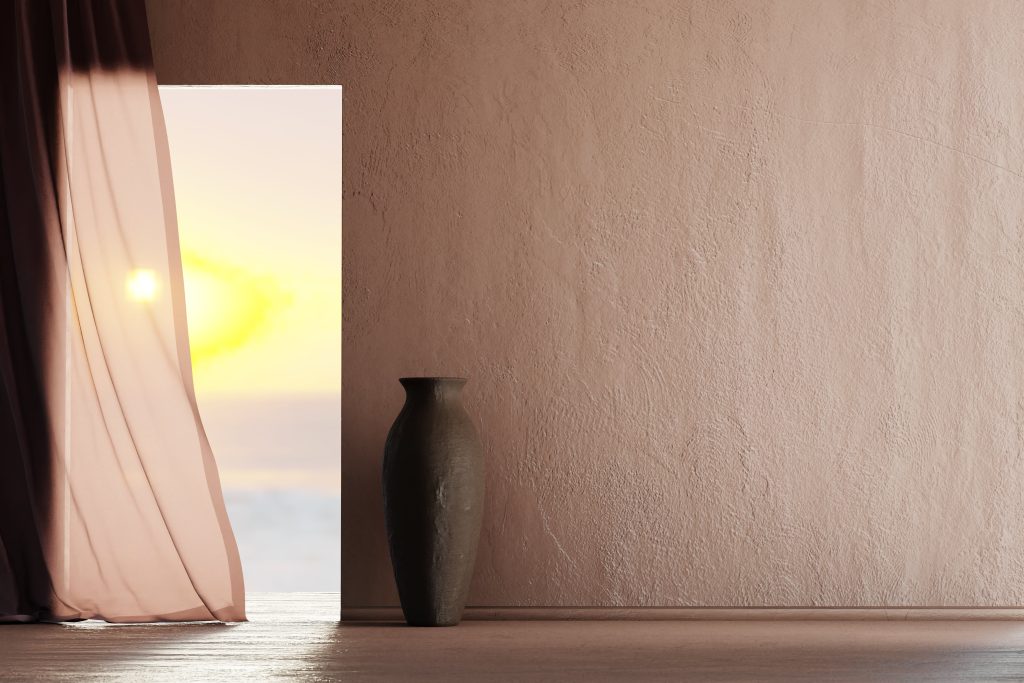
Have An Energy Efficient Summer
Think carefully about how you use your appliances and amenities during the summer. There could be many ways to reduce the amount of energy you use. For example, switching to a cooler setting for the clothes washing machine and waiting until you have a full load to do. Also, warmer summer days enable you to dry clothes outside instead of relying on the tumble dryer. Turn appliances off at the mains when heading out for a summer day out or holiday to save energy. Turn the thermostat down a notch or two and get your boiler serviced now, ahead of the winter months. Defrost the fridge and freezer so that it doesn’t have to work quite so hard and to keep it running efficiently.
Watch Your Water Use
Saving water is a great way to live more sustainably and this is possible even in the hotter summer months. You could collect rainwater to water the garden, rather than running the hose too much. Water the lawn and plants in the early morning or evening so that water doesn’t evaporate too much during the heat of the day. Save the water that you use to wash salad leaves, fruit and veg to add to a bird bath outside. Look at installing water saving devices such as an aerator for your taps or a timer for your shower. Put a jug of water in the fridge for people to help themselves when they feel thirsty or hot. When we run the tap to wait for the water to cool down each time we want a drink, this can waste a lot of water.



